The Guild of St Joseph and St Dominic
The story of the Guild of St Joseph and St Dominic began when Eric Gill the sculptor and letter cutter came to Ditchling, Sussex in 1907 with his apprentice Joseph Cribb and was soon followed by fellow craftsmen Edward Johnston and Hilary Pepler. In 1921 they founded the Guild, this being a Roman Catholic community based on the idea of the medieval guild, which existed for the protection and the promotion of its members’ work and had been revived by the leaders of the Arts and Crafts Movement. It was a community of work, faith and domestic life, with workshops and a chapel, and members living according to their faith. Its philosophy was encapsulated in what today might be called its mission statement, engraved on a stone plaque, now in Cheltenham Museum.
“ Men rich in virtue studying beautifulness living in peace in their houses ”
This statement sets out the hope for a newly created Eden, set apart from society, where wealth is measured by virtue rather than money. Beauty is to be the goal of production rather than output and there is to be a strong domestic element, characterised by peaceful existence. Also, it must be said, it was to be an Eden dominated by men – no woman would be admitted as a guild member until 1972. Its philosophy was based on Roman Catholicism and in particular, the Distributist ideas of G. K. Chesterton and Hilaire Belloc. Significantly, its years of growth followed World War I when so many young people had come to see modern life and industrial production as venal and dehumanising. Soon the fame and membership of the Guild grew, an early member being the painter and poet David Jones. A key element of the community was a private press, Saint Dominic’s Press, which was run by Hilary Pepler. It enabled members to circulate their ideas to friends and supporters and provided a creative outlet for every member of their community. The monthly journal it produced, The Game, is much sought after today, with copies being advertised for up to one hundred pounds each. The Guild continued to attract many new members – carpenter George Maxwell, weavers KilBride and Brocklehurst, and wood-engraver Philip Hagreen. In 1932 the silversmith Dunstan Pruden joined.
Both Anton Pruden and Rebecca Smith were profoundly influenced by the legacy of The Guild of St Joseph and St Dominic. Anton would visit his grandfather Dunstan Pruden in his workshop up until Dunstans death in 1974. Rebecca Smith spent a lot of time with Silversmiths Philip and Angela Lowery (Dunstan Pruden’s daughter) and their children on a community in Gloucestershire “Taena” near Prinknash Abbey. Anton and Rebecca met here as Anton received his training in silversmithing during his early twenties with Angela & Philip steeped in the combination of traditional craftsmanship and contemporary art & design so justly valued in British Arts & Crafts. In 1988 when Anton and Rebecca decided to start working in Ditchling the Guild only had a couple of years left to run. They were able to support Anton’s ageing grandmother Winefried Pruden as she wound down the Guild workshop and the buildings were sadly sold. During this time they were able to begin to preserve a collection of original works by Dunstan Pruden which were eventually inherited by Anton. The designs that you see here that incorporate Dunstan’s characteristic figurative work are reproduced from these originals.
Showing 1–16 of 17 results
-
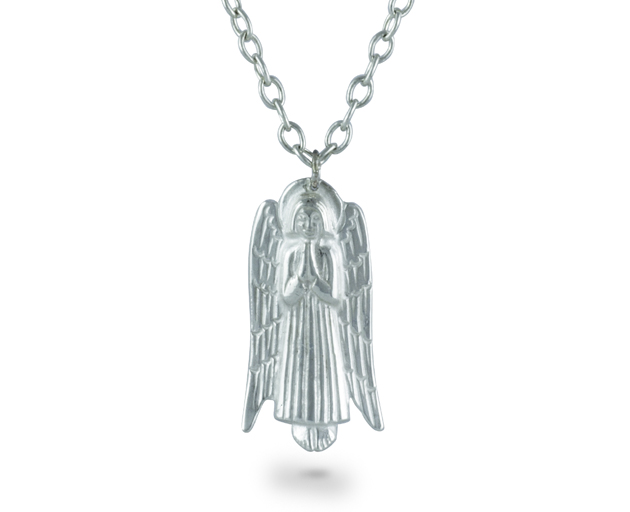
Silver Angel Pendant
£120.00 Add to basket -

Silver Spoon Angel Handle
£120.00 Add to basket -
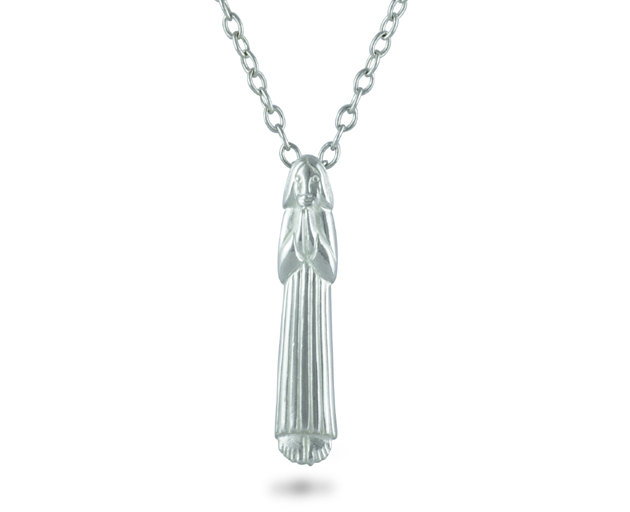
Silver Praying Girl Pendant
£120.00 Add to basket -
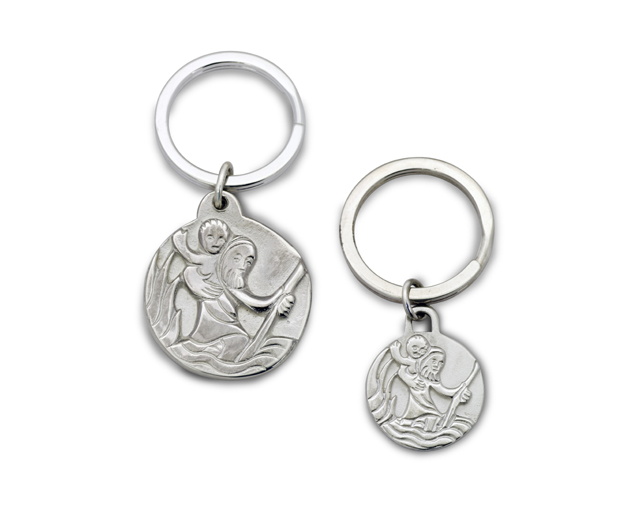
Silver St Christopher Keyring Designed By Angela Lowery – Large
£120.00 – £140.00 Select options -
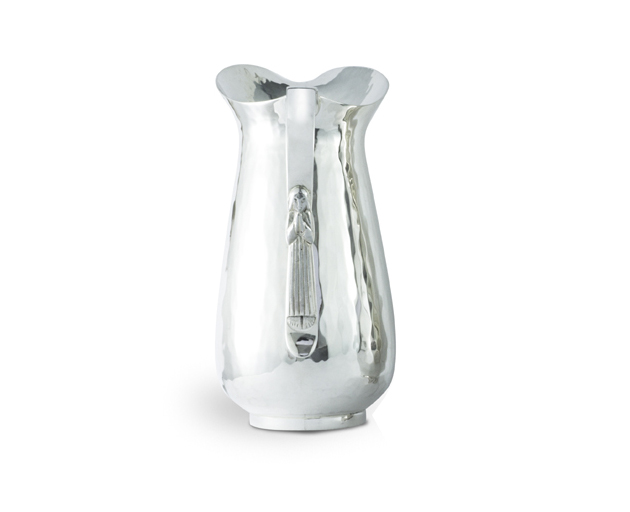
Silver Jug Planished Angel Handle
£450.00 Add to basket -
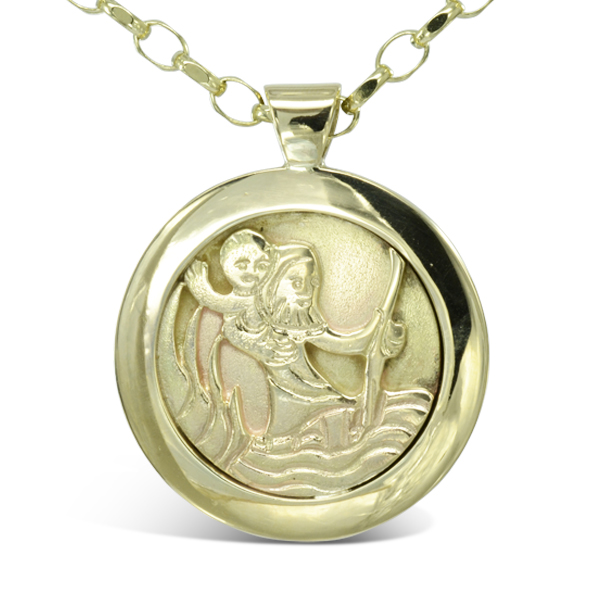
Gold St Christopher Pendant
£0.00 Add to basket -
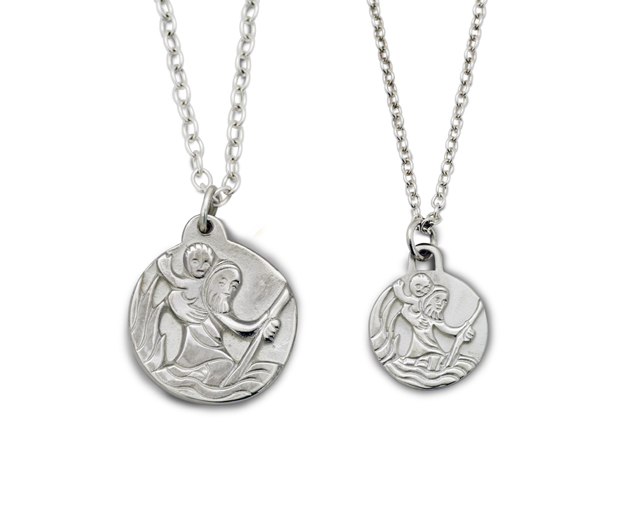
Silver St Christopher
£120.00 – £140.00 Select options -
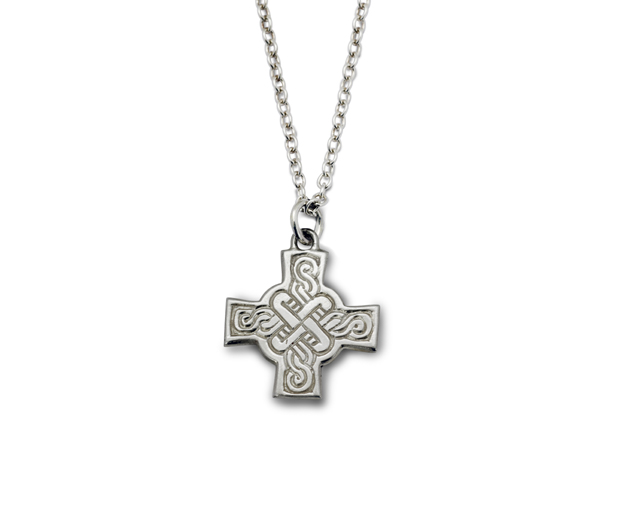
Celtic Cross Silver Pendant
£130.00 Add to basket -
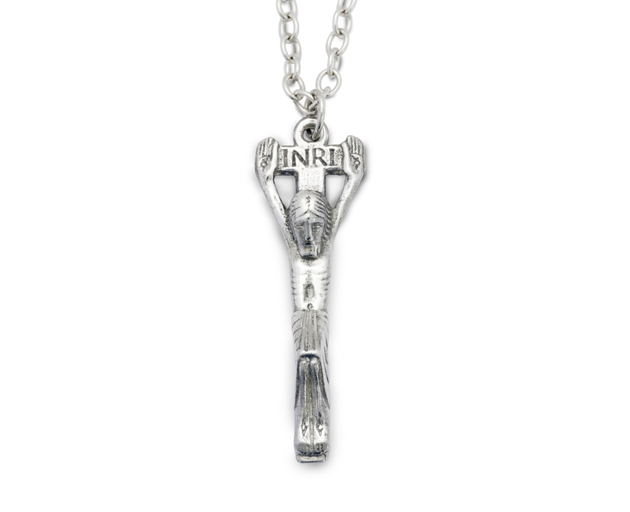
Silver Crucifix Designed By Dunstan Pruden
£150.00 – £420.00 Select options -
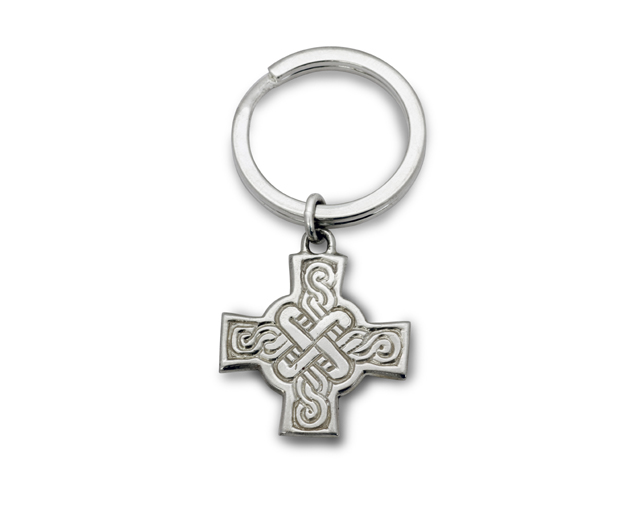
Silver Celtic Cross Keyring designed by Dunstan Pruden
£130.00 Add to basket -
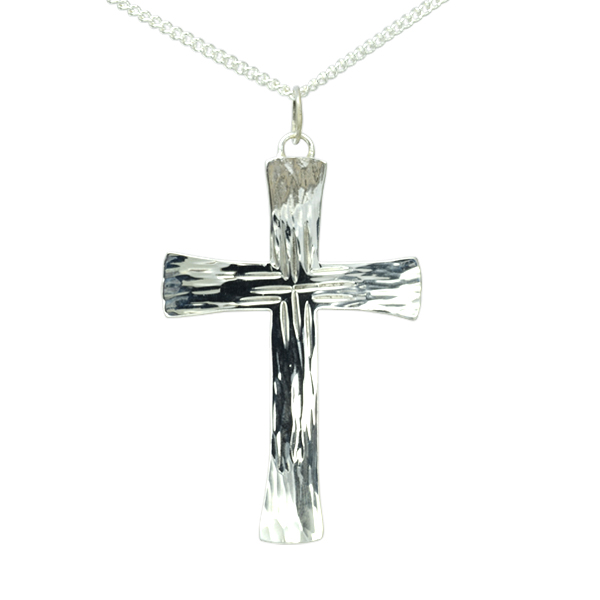
Forged Silver Cross
£60.00 – £80.00 Select options -
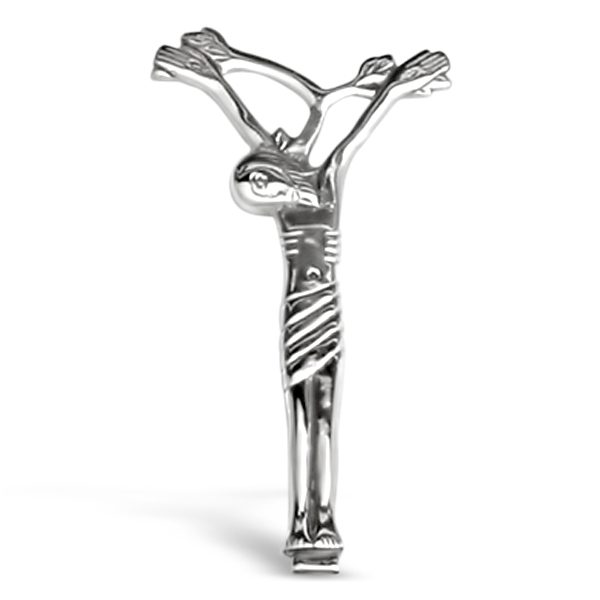
Silver Christ on a Tree By Dunstan Pruden
£120.00 – £180.00 Select options -
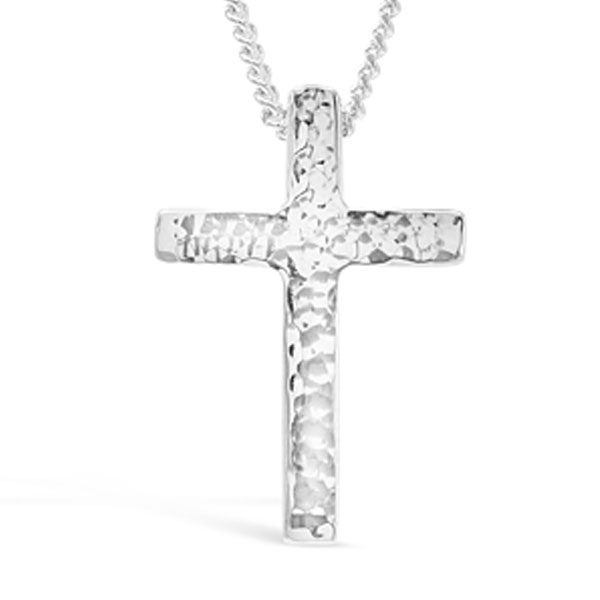
Solid Silver Hammered Cross
£50.00 – £120.00 Select options -
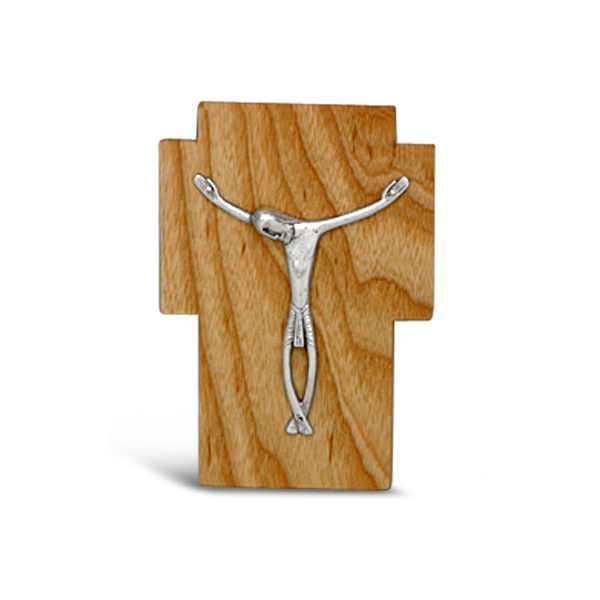
Silver Crucifix on Cherry Wood Cross By Dunstan Pruden
£180.00 Add to basket -
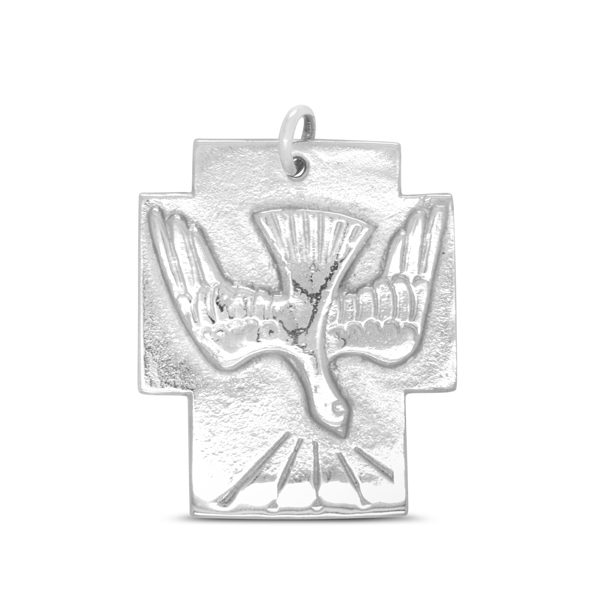
Silver Dove Cross Pendant
£120.00 Add to basket -

Silver Flying Angel Pendant
£150.00 Add to basket